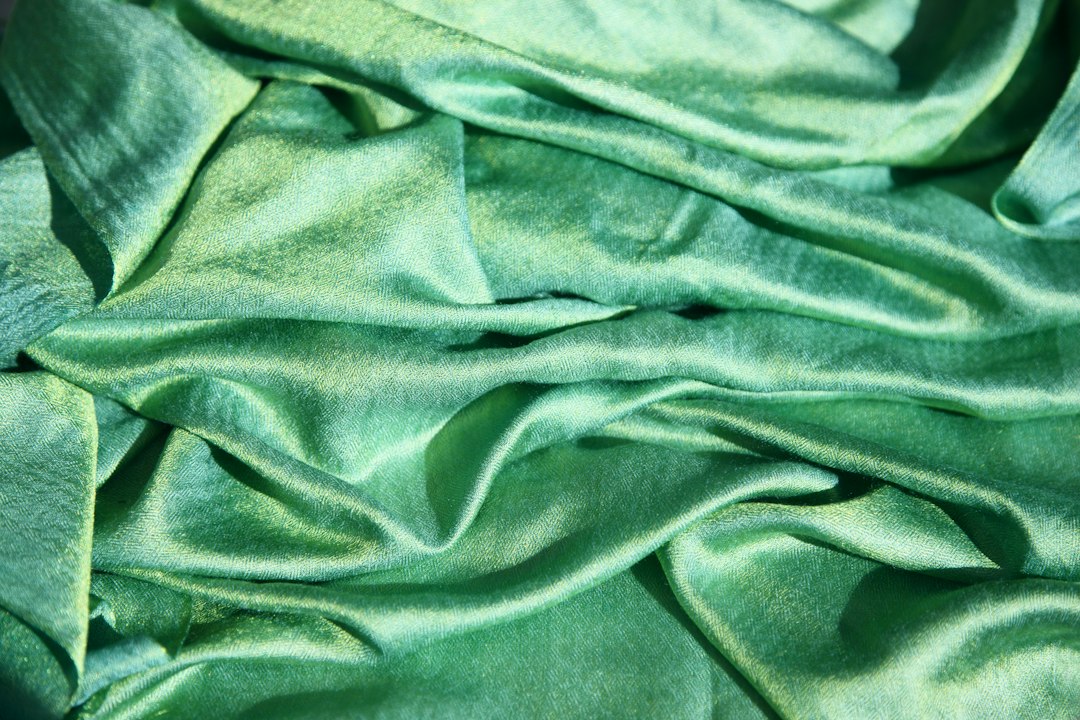Calligraphy, the art of beautiful writing, has a long and storied history dating back centuries. From traditional scripts to modern styles, calligraphy has evolved and adapted over time, showcasing the creativity and skill of its practitioners.
The Traditional Art of Calligraphy
Traditional calligraphy, often referred to as “classical” or “historical” calligraphy, includes scripts such as Roman, Italic, Uncial, Blackletter, and Gothic. These scripts have been used for centuries in manuscripts, religious texts, and official documents.
One of the most famous calligraphers in history is the Chinese scholar Wang Xizhi, who lived during the Jin Dynasty in the 4th century. Wang Xizhi is revered as the “Sage of Calligraphy” and is known for his graceful and flowing style of writing. His work, the Lantingji Xu, is considered a masterpiece of Chinese calligraphy.
In the Islamic world, calligraphy plays a significant role in art and culture. Arabic calligraphy, also known as Kufic or Naskh script, is used extensively in Quranic manuscripts and decorative art. Calligraphers in the Islamic world have developed a variety of styles and scripts, each with its own unique characteristics.
Europe also has a rich tradition of calligraphy, with scripts such as Roman, Italic, and Blackletter being widely used in manuscripts, books, and official documents. The distinctive blackletter script, with its sharp angles and Gothic appearance, was popular in medieval Europe and is still used in some contexts today.
The Modern Evolution of Calligraphy
While traditional calligraphy continues to be practiced and revered, modern calligraphy has emerged as a vibrant and dynamic art form. Modern calligraphers are pushing the boundaries of the art, experimenting with new styles, techniques, and materials.
One of the most notable developments in modern calligraphy is the rise of pointed pen calligraphy. This style, characterized by its thin and thick strokes, is created using a flexible nib that allows for greater variation in line width. Pointed pen calligraphy has gained popularity in recent years, with calligraphers using it to create stunning designs and artwork.
Another modern trend in calligraphy is the fusion of traditional scripts with contemporary design elements. Calligraphers are blending classic scripts with modern typography, creating innovative and visually striking compositions. This fusion of old and new styles has helped to bring calligraphy into the 21st century, making it relevant and appealing to a new generation of artists and designers.
Technology has also played a role in the evolution of calligraphy. Digital calligraphy, created using computer software and graphic design programs, has opened up new possibilities for artists to experiment with letterforms, layouts, and colors. Digital calligraphy allows for greater precision and control, making it an exciting medium for artists looking to push the boundaries of the art.
The Art of Calligraphy in Practice
For those interested in learning the art of calligraphy, there are a variety of resources available to help beginners get started. Calligraphy workshops, classes, and online tutorials offer instruction on basic techniques, letterforms, and styles. Practicing regularly and honing your skills is key to mastering the art of calligraphy.
In addition to traditional pen and ink, calligraphers can experiment with a variety of materials and tools to achieve different effects. Brushes, markers, and even unconventional tools such as feathers and sticks can be used to create unique and expressive lettering. Calligraphers can also explore different surfaces to write on, such as paper, canvas, wood, or even glass.
Calligraphy can be used in a wide range of applications, from wedding invitations and certificates to packaging and branding. The art of calligraphy adds a personal and artistic touch to any project, conveying elegance, sophistication, and beauty.
In conclusion, the art of calligraphy has a rich and diverse history, from traditional scripts to modern styles. Whether you prefer the classical elegance of Roman script or the contemporary flair of pointed pen calligraphy, there is something for everyone to discover and enjoy in the world of calligraphy. Whether you are a seasoned calligrapher or a beginner looking to explore the art, the beauty of calligraphy is sure to captivate and inspire.

